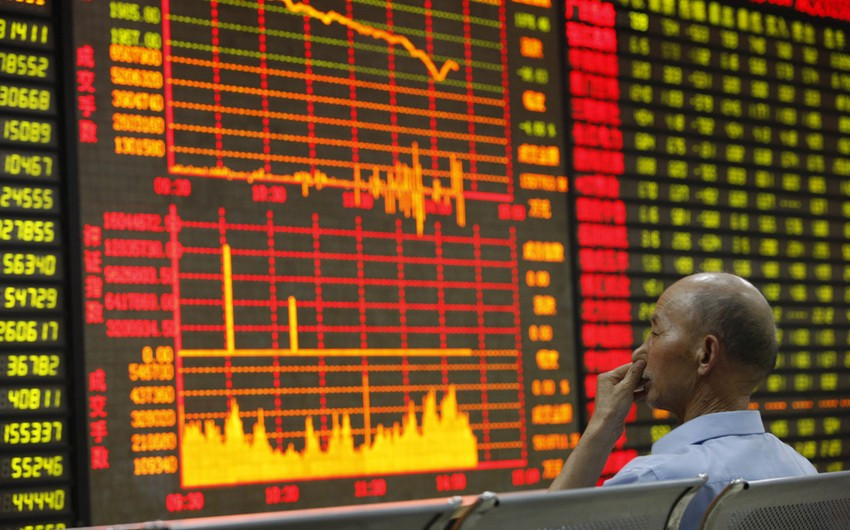
Asian indicators on Thursday mainly show growth, following the US indices. The largest growth is shown by the Japanese Nikkei 225 indicator and the South Korean KOSPI, which added 1.44% and 1.27%, respectively. Less noticeable growth was shown by the Shanghai Composite indicator, which increased by only 0.31%, and the Australian S&P/ASX 200, which rose by 0.94%. Trading on the Hong Kong Stock Exchange is not held today due to the weekend.
Several factors contribute to the growth of Asian indices. First, investors are encouraged by the results of the September meeting of the US Federal Reserve, which shows that the government may begin to curtail some measures to stimulate the country's economy as early as next month of this year. It indicates an optimistic mood regarding the pace of economic recovery, although concerns remain about the high level of inflation.
Analysts attribute the rise of the Japanese and Korean indices to the rise in the value of securities of high-tech companies following the rise of American companies in this area. Thus, the securities of Sony and Panasonic companies added 1.1% each, the value of SK Hynix shares increased by 1.6%, Samsung Electronics - by 0.4%.
According to statistics, production volumes in Japan decreased by 3.6% in the last month of summer compared to the July figure. At the same time, according to analysts' forecasts, the indicator should have decreased by 3.2%. The decline in production is associated with the consequences of a new wave of coronavirus. The automotive and electrical equipment industries were also affected. Shares of Toyota Motor and Honda Motor rose 0.3%, while Nissan fell 0.2%.
The S&P/ASX 200 indicator also rose against the background of the share price of the largest Australian companies. Thus, BHP Group shares rose 0.6%, Rio Tinto - by 1.2%. South32 securities added 4.9% due to the acquisition of copper assets worth $ 2.05 billion.
Also, traders' attention is drawn to statistical data from China. The main indicator of inflation (consumer price index) increased by 0.7% last month, contrary to experts' forecasts who expected an increase in this indicator by 0.8%.
At the same time, producer prices in China increased significantly by 10.7% due to an increase in prices for raw materials, namely energy resources. This growth was recorded in the country for the first time in the last 25 years.





















